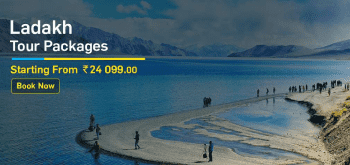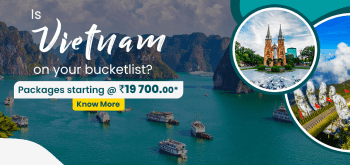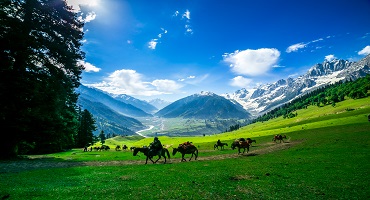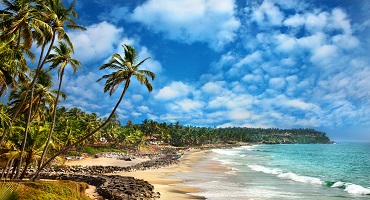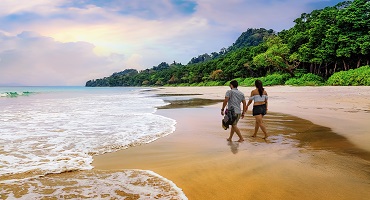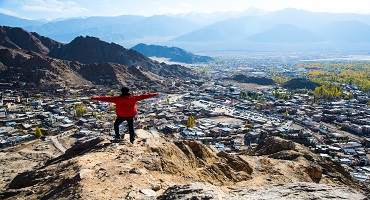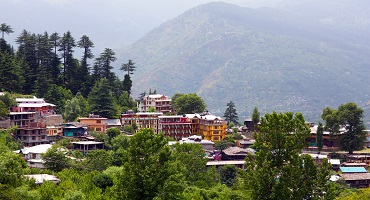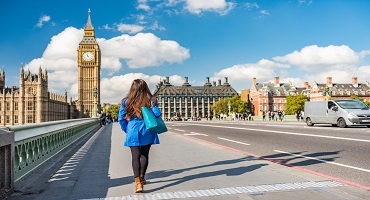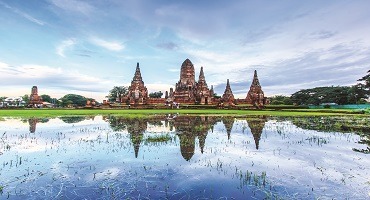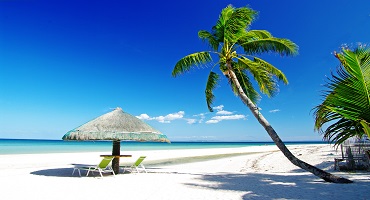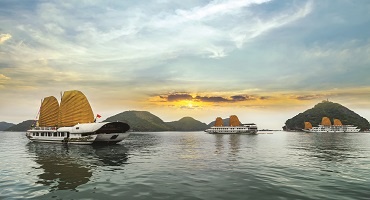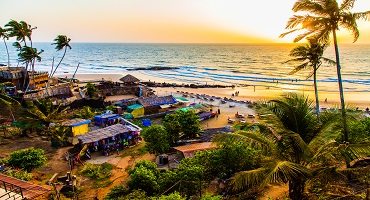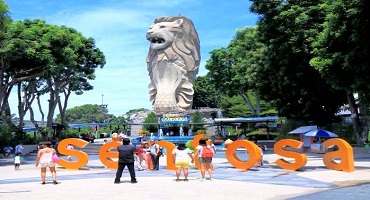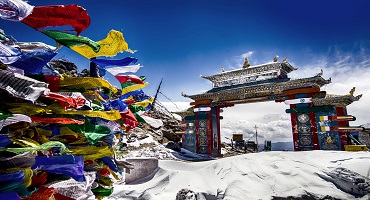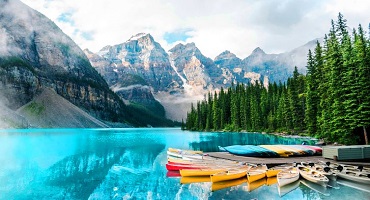Rajasthan: A journey to the maharajas mahal
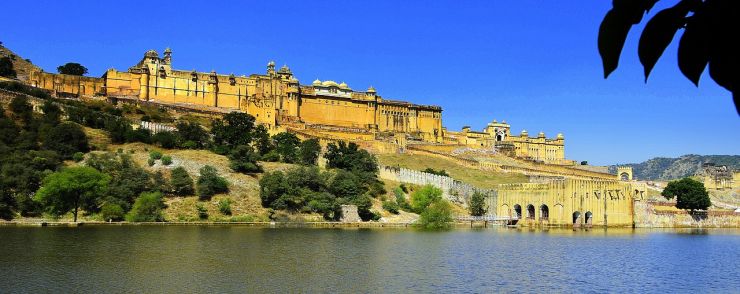
Royal, Regal, Revered – Rajasthan. A magical universe of colour coded kingdoms. A place where little red turbans and green saris dance to classical music. A place where medieval forts stand tall and proud, amidst flamboyant palaces and jeweled crowns. A place where camels, colour and culture are embodied as one. A mystical desert that has seen many wars, heard many secrets and narrated many stories.
It is an incredible state of India. Its magnificent cities like Jaipur, the Pink City; Jodhpur, the Blue City; and Udaipur, popular for its spectacular lakes, draw thousands of tourists yearly. Whether you are travelling to Rajasthan to explore its ancient history, culture, architecture, or natural beauty, it will surprise you with its diverse yet unique offerings. Rajasthan tourism welcomes every tourist to make their travelling experience enriching and memorable. Read on the following Rajasthan travel guide to make your journey unforgettable.
| Rajasthan Tourism: A Quick View of the state |
| Capital |
Jaipur |
| Official Language |
Hindi |
| Dial Code |
0141 |
| Population |
68,548,437 (as of 2011) |
| Currency |
Indian Rupee (INR) |
| Time Zone |
UTC+05:30 (IST) |
| Area |
342,239 square km |
Highlights of Rajasthan Tourism: Through the looking glass
Historical lens
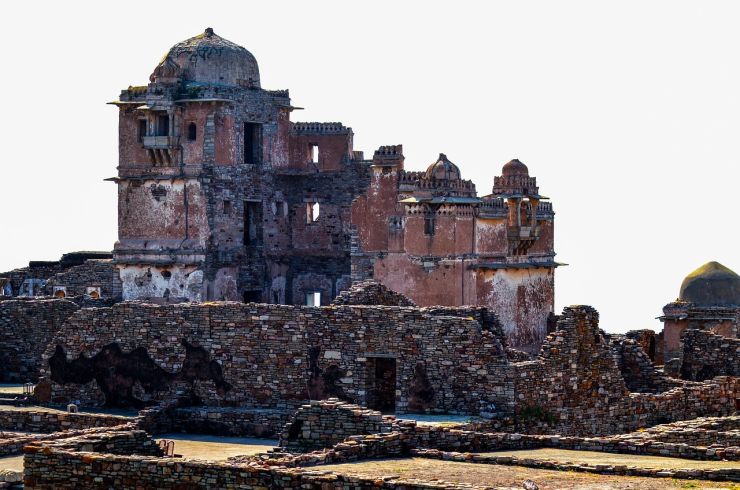
Experiencing Rajasthan to the fullest, requires an understanding of its vibrant history. What tells a story better, then the objects of its past? We recommend the following museums for your day of history lessons. Standing the test of time is the oldest museum in Rajasthan, and the official state museum - Albert Hall Museum. Don’t miss out on the opportunity to marvel at the exquisite ivory statues and crystal work. Ahar Museum, on the other hand, will give you a glimpse into one of the finest collections of earthen pottery. Place this high on your list of things to do in Rajasthan. Anokhi Museum of Hand Painting is a beautifully restored haveli in the heart of Amber that showcases the age-old tradition of block printing. Further, the Umaid Bhawan Museum in Jodhpur draws visitors for its royal grandeur and luxurious lifestyle.
Architectural lens
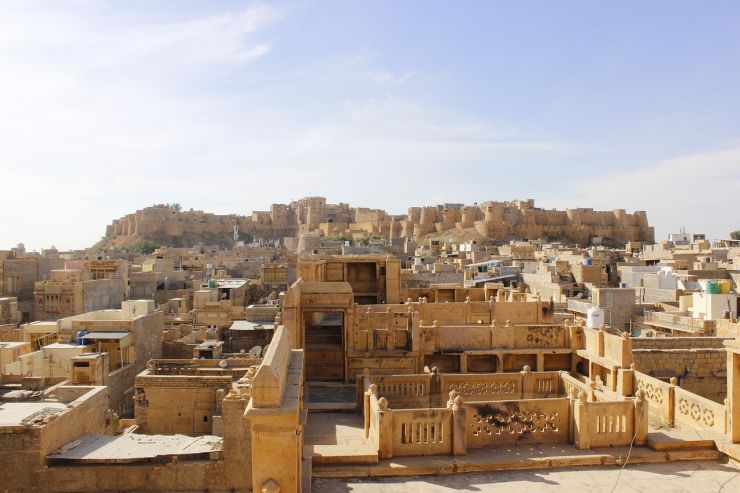
The land of Kings is synonymous with its towering forts and opulent palaces, each commemorating an event, person or object. While embarking on your Rajasthan tour, you should definitely go see some of these architectural wonders. Some of the palaces and forts can be found in the list of the UNESCO Heritage Site for their glimpse into the royal past and architectural grandeur. Chittorgarh Fort with its palaces, towers, gateways and reservoirs is akin to an English castle - filled with tales of magic and heroism.
Kumbhalgarh Fort, on the other hand (second largest wall in the world), represents defensive architecture at it’s finest. Carved out of marble and sandstone, Amber Fort is a world heritage site that paints its surroundings with hues of pink and yellow. Further, the City Palace in Udaipur and Mehrangarh Fort in Jodhpur are mesmerising sites you should certainly visit. Not only do they offer you an opportunity to feel proud of the royal past, but they also provide spectacular views of surrounding landscapes. Continue reading the Rajasthan tour guide to know more.
Religious lens
Take a secular voyage of the royal state, by visiting some of its most revered holy places. Rajasthan sightseeing is incomplete without a little spiritual cleansing. Begin with Akshardham Temple in Jaipur, which is celebrated for its immense beauty and tranquility, surrounded by sparkling fountains and an abundance of greenery. It is dedicated to Lord Narayan, whose statue is adorned with gold and silver embellishments. Head to Bagore Sahib, which is a sacred gurudwara that marks Shri Guru Govind Singh Ji’s journey to Punjab. Abdulla Pir Dargah in Banswara is a sacred place for Bohra muslims and a stunning site to behold, as it glistens in white. So, when in Rajasthan tourism, do not miss out on the opportunity to visit these formidable places.
Cultural lens
Rajasthan is like an intricately woven carpet. Each coloured thread represents a unique cultural element that blends together harmoniously to create something beautiful. Its culture dates back to the time of Royal Kings. At that time, Rajasthan was famous for Rajputana heroes. Over the years, Muslim rulers and Marathas ruled over the state and influenced its culture and tradition. With their interaction, the state’s culture evolved and achieved diversity. You can explore a wide variety of languages, customs, festivals, and architecture.
From the traditional attire (ghagra and kanchali), to the folk music (Maand, Panihari) and dance (Ghoomar and Kalbeliya), to the sweet and sumptuous Rajasthani food (bajre ki roti), each facet of the local culture will entice more than one sense. Here, people believe in Atithi Devo Bhava, which means they consider their guests like God. Their folk song ‘’Padharo Mhare Desh” is popular across the world. They usually sing Ragas during the pre-monsoon season to call for rain. As a tourist, be sure to try some delectable food that you will find only in this land. Here, you will find famous Dal Bati, kachori, ghewar, and gheriya to take your Rajasthan tourism experience to the next level.
Festive lens
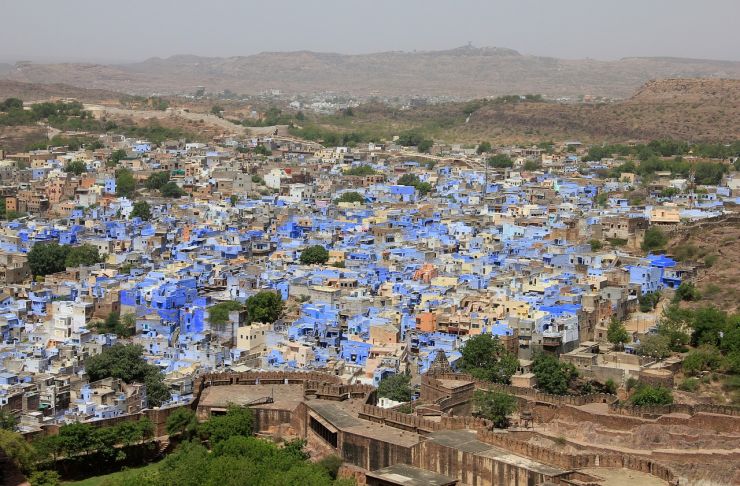
Beginning at the mystical sand dunes in Jaisalmer, to the balmy banks of Pushkar lake, to the majestic Mehrangarh fort in Jodhpur, Rajasthani festivals redefine the meaning of pomp and splendor. Imagine camping under the desert stars, whilst exotic belly dancing, turban tying, and moustache competitions occur in the backdrop of the Desert Festival? If you’re an artsy person, the International Folk Festival in Jodhpur celebrates the coming together of diverse art forms from over 200 artists.
Pushkar Camel Fair hosts 5 days of Camel races, beauty contests, puppet shows, music and dance performances. The Mewar festival in Udaipur welcomes the spring season with vigour. You can witness how the whole city is decorated to celebrate the fiesta. Celebrated in the month of July/August, the Teej festival welcomes the long-awaited monsoon season in the desert land. Hosted by the Rajasthan Tourism Department, the elephant festival is famous in the state. The elephants are decorated with various motifs, murals, paints, garments, etc. The popularity of Rajashan’s fairs and festivals is such that people come to experience their vibes worldwide.

Nature's lens
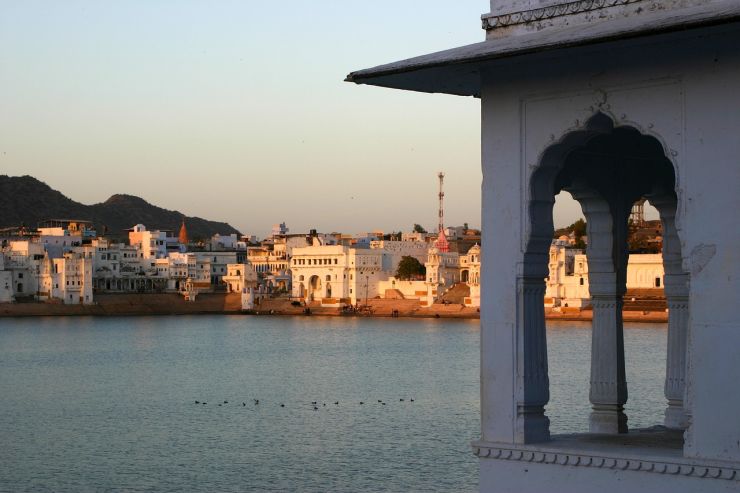
From the prowling tiger to the largest flying bird – the great Indian bustard, to the graceful camel, Rajasthan is home to a plethora of wild animals, some of them endangered species. Rajasthan sightseeing has earned its reputation in being a nature lover’s haven. Among the many reserve.
Interesting facts about Rajasthan – Forgotten fables
- The first nuclear test in India was conducted in the city of Pokhran (Jaisalmer district of Rajasthan), in 1974.
- Chotila, Jodhpur is home to the Temple of Bullet Baba. Here, the sacred deity is a bullet motorcycle, while the religious offering is alcohol.
- Deshnok’s Karni Mata temple contains approximately 20,000 rats that are believed to be the reincarnated heirs of the sacred deity – Karni Mata.
- Rajasthan is the proud home of the world’s largest stone sun dial. TheJantar Mantar monument, in Jaipur, is a UNESCO world heritage site.
- 17th century - Bhangarh Fort, is rumored to be one of the most haunted forts in India.
Location of Rajasthan
Rajasthan lies in the northwestern region of the Indian continent, taking up majority of the Thar desert, and sharing its border with Pakistan’s provinces of Punjab. Surrounded by 5 Indian states – Punjab, Haryana and Uttar Pradesh, Madhya Pradesh and Gujarat, Rajasthan is cocooned with unique culture from all sides.
Click here to view Rajasthan on Google Map
Best Time to Visit Rajasthan
Rajasthan’s seasons vary significantly, falling under the categories of summer, monsoon, post monsoon and eventually winter. With each season comes the promise of something new. Like all deserts, Rajasthan is sweltering in the summers. The temperatures can go up to a scorching 48 degrees. As such, the best time to visit Rajasthan is during October to March. This period will experience a significant drop in temperature, followed by the icy winds of the winter.
How to get to Rajasthan
Are you thinking of how to reach Rajasthan? Look at the following details to make an informed decision:
By Road – Rajasthan has an intricate network of state and national highways, that covers an area of approximately 6373 km. Whether you avail of the bus service which has been operating for 49 years, or you opt for a car/taxi, the beautiful landscapes will greet you with enthusiasm and make for a scenic drive.
By Rail – Rajasthan has a collective 4600 km of rail tracks spread evenly throughout the state, rendering it well connected to the rest of the country. It has direct trains to and from Mumbai, Delhi, Bangalore, Chennai, Hyderabad and Kolkata. Opting to take the train will prove to be a wise decision.
By Flight –Udaipur, Jaisalmer and Jodhpur are well connected to other parts of the country by air. For international flights, Jaipur is not the only option. Delhi is just a mere 260 km away from Jaipur, making it a viable option when travelling to and from overseas locations.
History of Rajasthan
According to archaeologists, Rajasthan has borne life for several centuries. Traces of ancient civilisation began with the settlement of the Harappans - of the Indus valley. Quick to follow were powerful dynasties such as that of the Aryans, the Mauryan dynasty, Gupta Dynasty and the Gurjara-Pratiharas. By the medieval period, Rajasthan moved from the hands of the Rajput’s, to the Chauhan’s and ultimately power resided with the Mughals. It was later in the 18th century, after the Maratha empire relinquished its control to the British East India Company, that the independent state of Rajasthan was formed. James Tod, a former employee of the company, was enthralled by the grandeur and majesty of the place. He thus coined the name Rajasthan, which means the "Land of kings".








